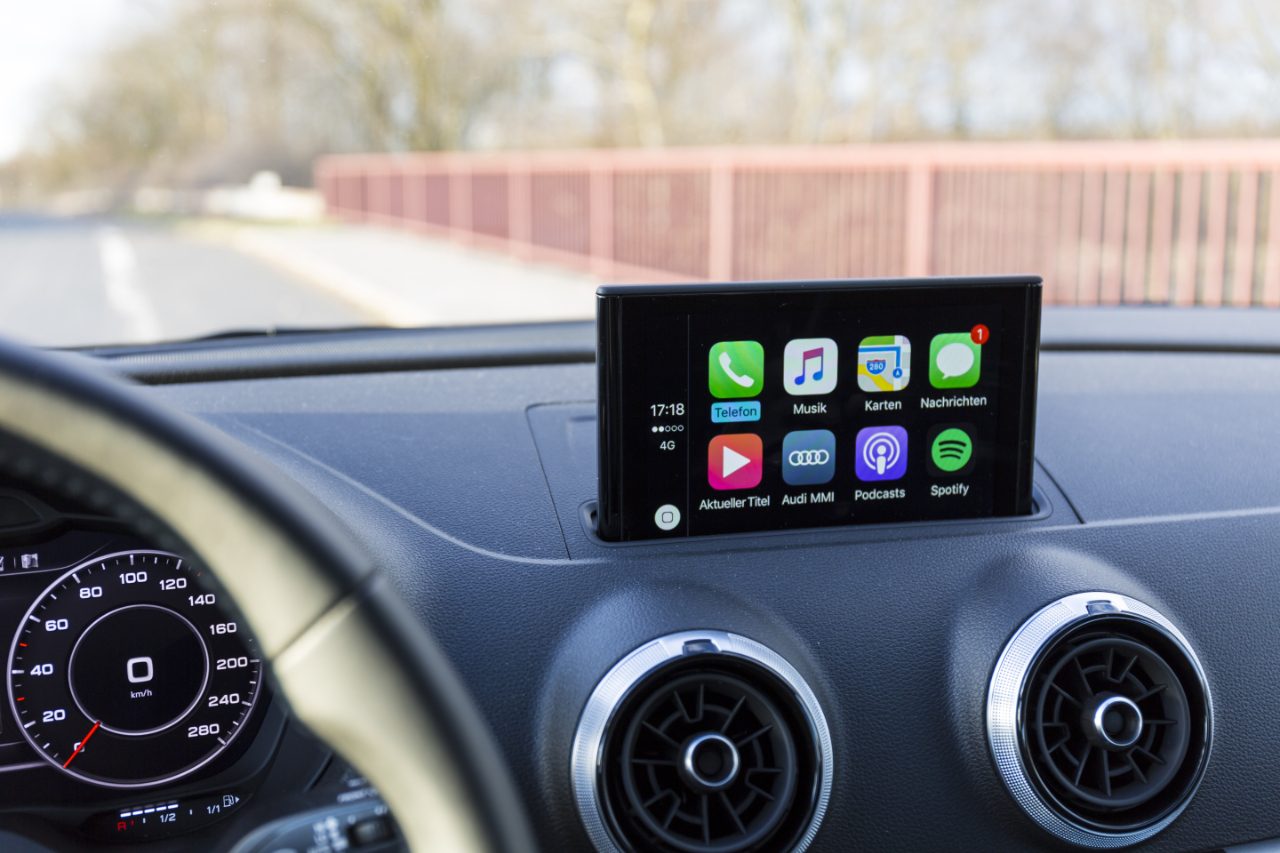Apple’s Next Generation CarPlay Unveiled – Aiming to Give Drivers Maximum Control
By ZHOU Mianwu
Edited by Leng Zelin
At this year’s WWDC (Apple Developer Conference), Apple unveiled the new generation of CarPlay, which aims to give drivers maximum control.
Currently, CarPlay has customizable dashboard styles, and icons show that it is capable of controlling AC, heated steering wheels, and seat ventilation and heating, among other features.
While 98% of US cars appear to support CarPlay, companies like Tesla and many new energy vehicle manufacturers have not yet launched in the US market or do not support CarPlay in China. This suggests that CarPlay, under the wave of new energy vehicles, has not yet found its place, and it may be fair to say that automakers supporting CarPlay are on the relatively marginal side during this new energy vehicle surge.
Combining US consumer data with the requirement that CarPlay must use an iPhone, it is clear that the connection between smartphones and cars, and the creation of intelligent cabins, will be an important factor influencing purchasing decisions in the future.
This also helps to explain why automakers like Tesla, Geely, and NIO are said to be considering smartphones, while companies like Apple, Huawei, Xiaomi, OPPO, and Vivo are either already making cars or are planning to.
In 2021, the penetration rate of new energy vehicles in the US is only 4%. The overall quality of new energy vehicle infotainment systems is superior to that of traditional gasoline vehicles, but there is still significant room for improvement.
Apple has also introduced a new feature that allows the iPhone to split the center console screen into three sections, allowing multiple types of information to be displayed at the same time.
Regardless of the final form, the development of intelligent cabins will be a highly contested area.
Currently, the main players experimenting with cabin ecosystems are Apple’s CarPlay, Huawei’s HarmonyOS, and automakers’ self-developed systems.
Apart from automakers, looking at smartphone manufacturers, Apple has long dominated system integration. However, in 2022, many consumers have noticed that Huawei’s ability to collaborate across phones, computers, and tablets is on par with Apple, and is more advanced than other manufacturers.
Xiaomi, OPPO, and Vivo have also collaborated specifically on file-sharing, which suggests that their ecosystems are not yet mature enough.
For those who have never used a tablet, they may think that it is not really useful. But in reality, it is a device that can provide an experience that neither smartphones nor computers can provide.
For instance, Huawei’s tablets can be used as a computer extension or as a digital notebook.
Indeed, they can offer experiences that neither smartphones nor computers can provide.
Some people like to compare electric cars to four-wheeled mobile phones and the central control screen to a fixed tablet. While this analogy has some truth, looking at the history of electronic product development, every product that is eventually accepted by the public is not just a simple variant of another product, but has its unique capabilities.
There is no consensus yet on the future direction of intelligent car cabins, which will eventually be determined through years of cooperation and feedback between enterprises and users.
What we know is that we are still in a very early stage, and anyone has the possibility of standing out, not just third-party companies like Huawei and Apple.
Apple has announced that it will build its own car, and many people also believe that Huawei will do the same. In this situation, they may also have their own “troubles,” such as how to balance their relationship with the host plant or explore an effective way forward.
This article is a translation by ChatGPT of a Chinese report from 42HOW. If you have any questions about it, please email bd@42how.com.
